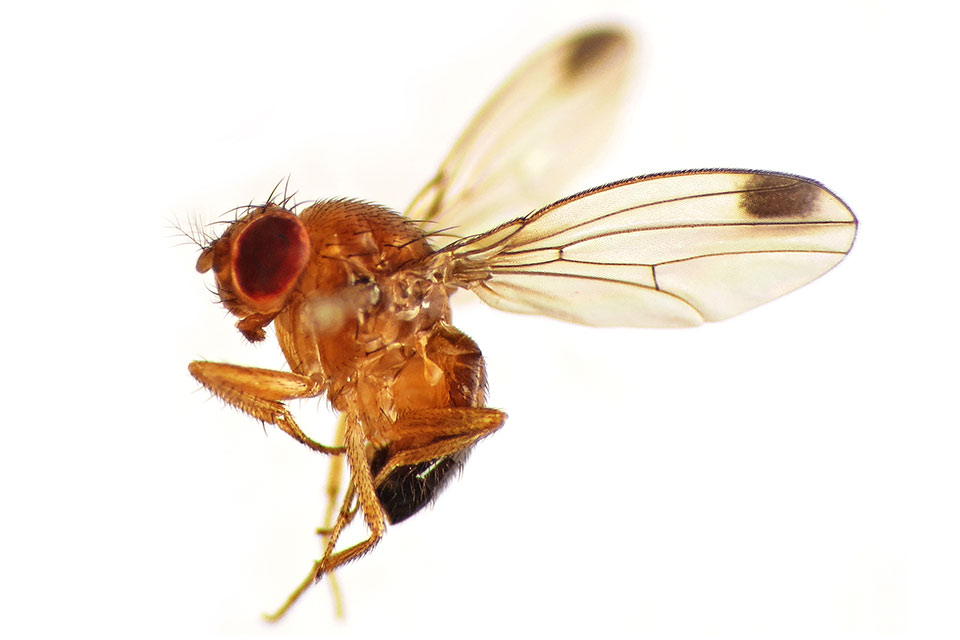Can AI Tech Help Your Farm Stand Strong in a Storm? Yes

For any given hurricane season, all it takes is one storm to cause chaos. Farmers who operate in hurricane-prone zones know this well. Proper preparation is paramount to maintain business during and after the storm. Advanced forecasting technology has come a long way to help in this regard. And it continues to grow in scale and scope thanks to artificial intelligence. Christopher Safieh, Head of Growth for UniSpice, says AI is helping the international foodservice company and its network of growers stay steps ahead of extreme weather events.
Currently, he says four AI-based technologies are being used by the company:
- Deep Learning Models: Convolutional Neural Networks and Recurrent Neural Networks analyze large datasets from satellite imagery and weather stations.
- Machine Learning Algorithms: Random Forests and Gradient Boosting predict storm patterns by analyzing historical weather data and identifying trends.
- Natural Language Processing (NLP): NLP models interpret vast amounts of textual data from meteorological reports and scientific publications.
- Ensemble Models: Combining multiple models improves prediction accuracy, aggregating the outputs of individual predictors for more reliable forecasts. A good example of this is what is referred to as “spaghetti models.”
Safieh says these AI models have several advantages over traditional forecasting. Most important of these is higher accuracy. “Our AI models process and analyze more data at a faster rate, leading to more accurate predictions,” he says.
A trio of other advantages also stand out to Safieh. These include:
- Improved Pattern Recognition: “Machine learning models excel at recognizing complex patterns in large datasets, which traditional models may overlook.”
- Adaptability: “AI models continuously learn and improve from new data, enhancing their predictive capabilities over time.”
- Real-Time Analysis: “AI allows for real-time data processing, enabling more timely and responsive forecasting compared to traditional methods.”
AI Help For Hurricane Season
Climatologists are predicting the 2024 Atlantic hurricane season to be extremely active. Multiple outlooks include discussion of 25 named storms or more. So far, early predictions appear on track and underscored by record-breaking Hurricane Beryl. The storm achieved Category 5 status earlier than any other system on record in the Atlantic. And despite devastating landfalls in the Leeward Islands and Yucatan Peninsula, Beryl still had enough steam to barrel through Southeast Texas as a strong Category 1 storm.
In the path of Beryl was a multitude of farm acreage, which sustained damage. Safieh says this very scenario is reason enough to consider anything that can help prep for weather events that threaten crop damage, soil erosion, flooding, infrastructure damage, and more.

Christopher Safieh
“We are well-prepared for such events,” he says. “Our farms are uniquely situated in Guatemala, where the surrounding mountains help mitigate wind damage, but the primary concern is the massive amount of water. We’ve implemented advanced water evacuation systems to quickly remove excess water from our farms, minimizing damage.”
Trusting Tech To Protect Your Farm
Safieh says growers can use AI technology now to help prepare and protect their operations in various ways – proactive and reactive. For example, UniSpice is taking advantage of:
- Early Warning Systems: Receive timely alerts about extreme weather conditions.
- Optimized Planting Schedules: Using predictive analytics to adjust planting schedules based on weather forecasts to minimize crop damage.
- Resource Management: Leveraging AI for efficient water and nutrient management to ensure crops are resilient to adverse weather.
- Disaster Response Planning: Developing comprehensive disaster response plans with the help of AI simulations and scenario planning tools.
- Infrastructure Strengthening: Investing in AI-driven assessments to reinforce infrastructure against potential storm damage.
“We also carefully select the right crop varieties and soils to withstand extreme weather conditions,” he adds. “This strategic approach helps mitigate the impact of excess water on our farms.”
Predictions for What’s Down the Road
The future looks bright for advancements in AI for meteorology, climate science, and agricultural planning. Safieh says he is eager to implement several, including Enhanced Predictive Models; Integration with IoT for more real-time data; Personalized Forecasting for more targeted approaches; and Climate Resilience Planning for developing strategies to enhance agricultural systems against climate change.
“We are committed to using these technological advancements to make informed, data-driven decisions that ensure the sustainability and productivity of our agricultural operations.”









